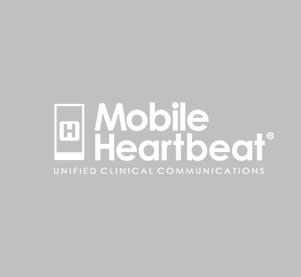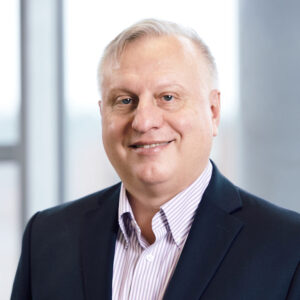My usual blog posts refer to mobility and clinical communications software in generic terms. I’m going to break from the norm and write with great pride about how we have architected our software. Specifically, about how our MH-CURE application is designed to support multiple locations (hospitals, urgent care, etc.) from a single data center. In effect, we’re enabling our customers to use our software in their “private cloud” environments, which enhances security and scalability. Just as importantly, our multi-site architecture enables a simple and manageable installation at even the most complex customer sites.
The inspiration for this article came from one of our clients who asked us to deploy three hospitals in the same day. We needed to plan for installation, deployment and training to complete all simultaneously at three hospitals. Then, on one magic Wednesday, all three hospitals would begin using MH-CURE on both personal (BYOD) and shared smartphones. To make this a bigger challenge, there was no “staged deployment” planned. Each hospital wanted all of our product’s core features – secure text, voice, alerts and patient info – to work on day one.
What I thought would be an impossible task turned into a great learning experience on how to architect and deploy new technology. The project plan centered around our application software being installed in this customer’s regional data center. MH-CURE was installed on virtual servers connected to the EMR system in a highly scalable environment. This included working with load balancers, back-up and archiving technology and network firewalls. Although this was not a trivial process, once complete, the regional data center could easily support 60+ individual hospitals, all running both their EMR and our MH-CURE software from their “private cloud.”
After strenuous functional and performance testing, we were ready for the “three hospitals in one-day” challenge. The rest of the project plan was straightforward for each facility:
- Take delivery of the smartphones
- Install the Mobile Device Management software (MDM)
- Install our application, MH-CURE
- Point the phones to the correct server URL
- Connect the phones to the hospital’s phone system (PBX)
- Train the clinicians
- Go live!!!
With over 250 shared phones per facility, this means that 750+ shared phones would be deployed (supporting over 3,000 clinicians) along with over 300 BYOD users. Everything would be turned on the first day.
Bottom line: We’ve built MH-CURE to handle multiple sites and “private cloud” deployments, but our product works great in single hospitals, too. So, if you’re looking to “future proof” your investment in smartphones and clinical communications software, consider MH-CURE. We’ve handled the challenges of the most demanding clients in the industry and we welcome yours.


